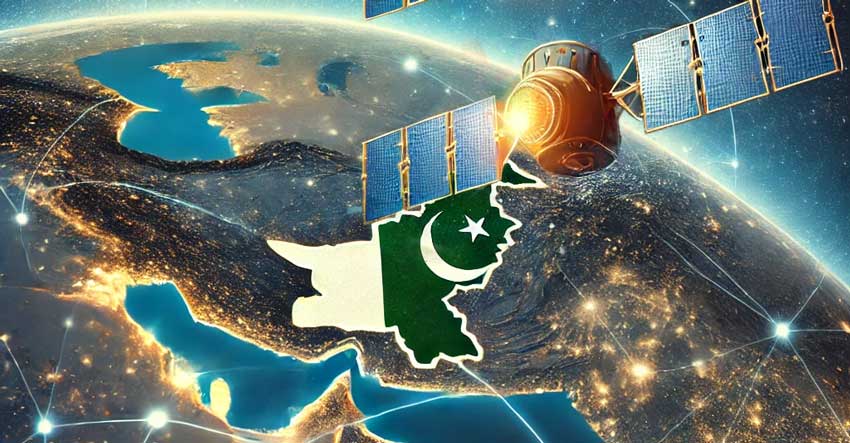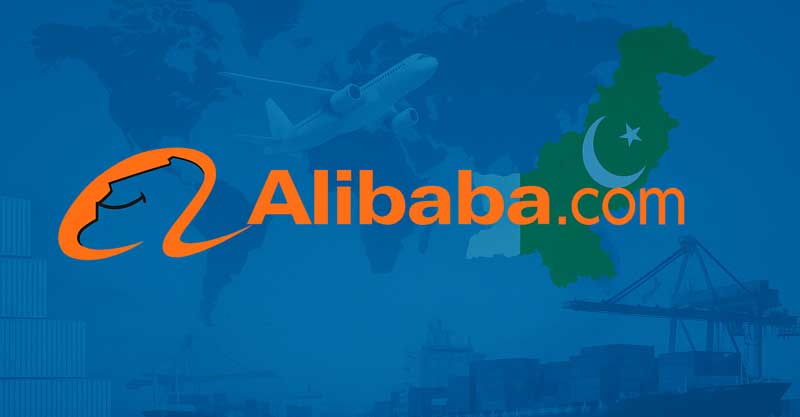In an exciting development for Pakistan’s tech landscape, SpaceX’s revolutionary satellite internet service, Starlink, could soon launch in the country. Responding to a Twitter query, Elon Musk, CEO of SpaceX, confirmed that they are awaiting approval from the Pakistani government.
If you didn’t know, Starlink is a satellite-based internet service designed to provide high-speed broadband globally, especially in underserved and rural areas. Unlike traditional internet services relying on terrestrial infrastructure, Starlink uses a constellation of low-Earth orbit satellites to deliver fast and reliable internet. This technology has been a game-changer in regions where conventional ISPs fail to reach.
Current Internet Landscape in Pakistan
Despite improvements in broadband penetration, Pakistan’s internet infrastructure struggles to meet the needs of its growing population. Rural and remote areas, in particular, face challenges in accessing reliable and affordable internet. With Starlink’s focus on global connectivity, its launch could fill these gaps, enabling opportunities in education, telemedicine, and e-commerce.
Regional Starlink Plans and Prices
Starlink’s pricing varies by region, reflecting factors like local market conditions and operational costs. Available in residential and business plans across regions, here’s a snapshot of the current residential pricing in some markets.
- United States:
- Hardware: $599
- Monthly Service: $120
- Canada:
- Hardware: Approximately $499
- Monthly Service: Approximately $140
- United Kingdom:
- Hardware: £499
- Monthly Service: £75
- Germany:
- Hardware: €299
- Monthly Service: €50
- Philippines:
- Hardware: Approximately $353
- Monthly Service: $50
- Malaysia:
- Hardware: Approximately $353
- Monthly Service: $50
- Kenya:
- Hardware: KES 45,500 (Approximately $353)
- Monthly Service: KES 6,500 (Approximately $50)
- Zambia:
- Hardware: Approximately $350
- Monthly Service: $36
These prices highlight the range of Starlink’s pricing model, which balances affordability with the high operational costs of satellite internet.
Potential Pricing in Pakistan
If Starlink launches in Pakistan, pricing will likely consider factors like local purchasing power, competition from existing ISPs, and regulatory requirements. A plausible estimate for Starlink’s pricing in Pakistan could be:
- Hardware: $299 to $399
- Monthly Subscription: $35 to $55
While this may appear expensive compared to local ISPs, the value proposition of high-speed, reliable internet in underserved regions could justify the cost for many users.
Challenges and Opportunities
Challenges
- Regulatory Hurdles: Gaining approval from the Pakistani government involves navigating complex regulatory frameworks and addressing concerns related to security and data privacy.
- Cost: The initial hardware cost and subscription fees may limit Starlink’s accessibility for the average consumer.
- Competition: Local ISPs and cellular networks offer cheaper alternatives, which might affect Starlink’s market penetration.
Opportunities
- Rural Connectivity: Starlink’s satellite technology can provide internet access to remote areas, boosting digital inclusion.
- Economic Growth: Improved connectivity can foster innovation, attract foreign investment, and enhance e-commerce activities.
- Disaster Resilience: Starlink’s infrastructure can offer reliable communication during natural disasters when traditional networks fail.
What’s Next?
Starlink’s entry into Pakistan hinges on the government’s approval. If granted, it could redefine the internet landscape, offering new opportunities for individuals and businesses alike. However, achieving widespread adoption will depend on strategic pricing, effective marketing, and collaboration with local stakeholders.
As the nation awaits further developments, Starlink’s potential launch in Pakistan underscores the transformative power of technology in bridging digital divides. The coming months will be critical in determining whether this ambitious initiative takes off, bringing the promise of high-speed internet to every corner of the country.



